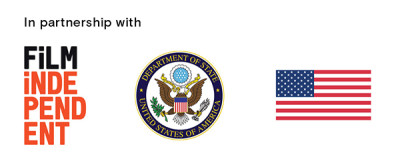Behind-the-Scenes with Global Media Makers: An Oral History
Yesterday, Film Independent and Global Media Makers proudly debuted an exclusive glimpse at some of the great experimental video work produced by the program’s international Fellows during their month-long sojourn in Los Angeles earlier this year leading up to the LA Film Festival. Presented in partnership with the U.S. Department of State, Global Media Makers is an ongoing, one-of-a-kind cultural exchange program designed to connect leading visual storytellers from around the world with top US filmmaking talent and industry.
The Stateside phase of this inaugural Global Media Makers Class of 2016 included participation in an exclusive Directing Lab (under the mentorship of Game of Thrones director Jeremy Podeswa) as well as the creation of an experimental short about the Fellows’ impressions of Los Angeles. These short films were created in close collaboration with veterans of past Film Independent Artist Development programs, and were shot entirely on the iPhone.
To learn more—and to watch one of the videos—please check out Tuesday’s blog. But today, we thought it only appropriate to hear about the experience directly from the Global Media Makers themselves. So please enjoy this brief look back at the exciting and edifying summer that was, and look ahead to the even greater season of outreach and exchange lying ahead.
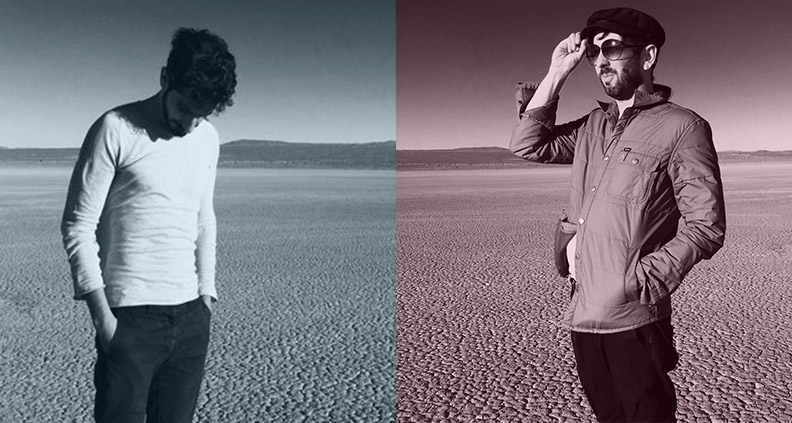
What is your single favorite memory of your time in Los Angeles?
Halim Sabbagh (Global Media Makers Fellow, Lebanon): Though L.A. is not an easy city to walk, I still forced myself to do it. One time I found myself lost with no idea how to get back home. I walked into a bar and before you knew it, it was past midnight and we were around 15 people laughing, singing and talking about the expansion of the universe!
Mais Salman (Global Media Makers Fellow, Jordan): Some of the highlights were the L.A. Film Festival, our filmmaker retreat in Palm Springs, a Dodgers game and the short collaborative video [we made] about L.A.
Asma Bseiso (Global Media Fellow, Jordan): One of the greatest memories was hanging out with the actors who acted in my scene. They took me on an excursion into nature. We went to the high green mountains close to Malibu to watch the sunset. I was invited to an old typically American restaurant (The Old Place-Cornell) and had the best Sirloin steak.
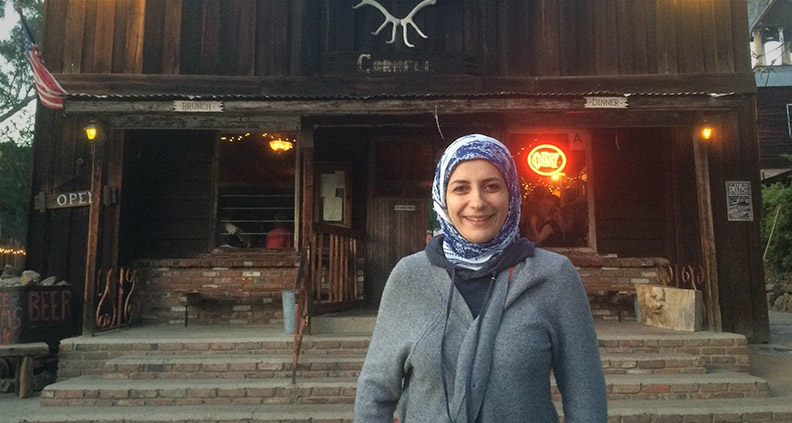
What were your impressions of Los Angeles and how did it inspire your Collaborative Workshop film?
Amin Dora (Global Media Makers Fellow, Lebanon): I read somewhere “L.A. is the most photographed city in the world but the least photogenic.” So I looked for this aspect. I wanted to look for this real city that it is wide [but] where everyone is here for a reason.
Erol Mintaş (Global Media Makers Fellow, Turkey): In my film, my main characters try to run away from modern life back to nature and simplicity. I saw both [of these aspects] in the face of L.A.—nature and modern life. That was really impressive, and helped me focus on my characters and describe them in detail.
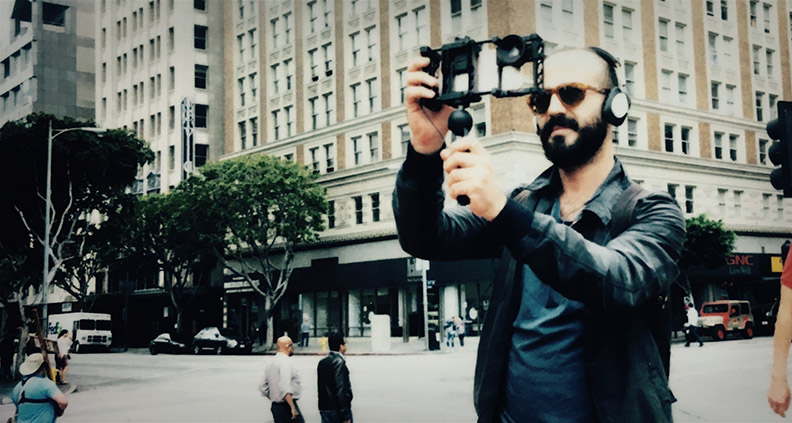
What was the most memorable part of shooting on the iPhone?
Hüseyin Karabey (Global Media Makers Fellow, Turkey): After all those big and complicated cameras, it was really strange to shoot with the iPhone. When you start to believe that it’s recording quite good quality, you start thinking: what else I can do?
Laura Nix (Film Independent Fellow): You can get away with shooting anywhere. It can be hard to shoot a stable and smooth image, but once you outfit the phone with the right grips, handles and lenses you’re shooting gorgeous footage.
Sabbagh: For every filmmaker, the camera is his tool. In regards to an iPhone, the tool is small, handy and [easy] to use with a lot of freedom. With a lot of the accessories now available, every filmmaker can customize and expand the functions of the phone. Beastgrip and Filmic Pro are definitely great to start.
Dora: I decided to use the verticality of the iPhone. When you say “iPhone” you see it in your mind as vertical. Added to this is the fact that I’ve always been interested in vertical still photography, so I felt that all of the elements combined to make me explore vertical motion pictures with the iPhone.
What is the key to collaborating with a filmmaker from a different cultural background?
Lulu Wang (Film Independent Fellow): What worked for us was just listening to each other and spending time together. We’re very different filmmakers, and we both had utmost respect for those differences.
Iram Parveen Bilal (Film Independent Fellow): Just be open. Give up control and hope that it will all come together in the magic of cinema. It might not be the route you meant to take, but in choosing a different route you might smell a completely new set of roses you never even knew existed.
Anna Kerrigan (Film Independent Fellow): Clear communication! Though we technically spoke the same language, there were many cultural nuances that took a while to pick up on.
How was your Global Media Maker collaborator’s perspective on L.A. different than your own?
Rita Baghdadi (Film Independent Fellow): The number of homeless people in Los Angeles shocked Erol. I’ve lived in L.A. for almost a decade, and have grown far too accustomed to seeing folks living on the street. Through Erol’s eyes, I was reminded how we as a city treat the homeless, and what a slippery slope it is for homelessness to become normalized.
Wade Gasque (Film Independent Fellow): [My collaborator] seemed like a local from the start, as evidenced in the short film he made: not an abstract mood piece on Los Angeles, but rather a straightforward narrative with a clear plot and fleshed-out characters. The city was more or less just a backdrop.
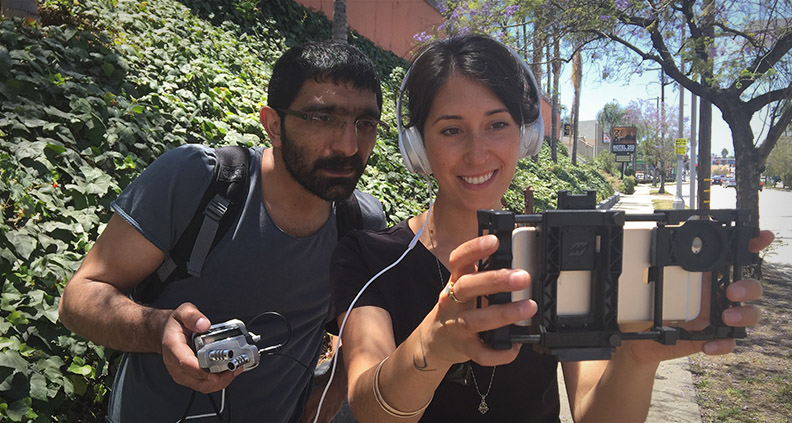
How did working with a filmmaker from another culture alter your own perspective on making movies?
Wang: I asked [my collaborator] what emotion drives her work. She said “anger”, which makes a lot of sense if you hear her stories. The anger fuels the urgency, so it’s a constant battle between urgency and patience—both of which are necessary.
Ott: If anything, it actually reinforced my thoughts on independent cinema. It was exciting to meet someone from the other side of the world and instantly realize we hated and loved so many of the same things. I think it’s the beginning of a very long friendship, which I couldn’t be happier about.
Bilal: I realized that funding possibilities were more fluid in the MENA region as compared to the US, and that films are being made in a more cost efficient way with more solid ways of distribution. Somehow independent film seems more alive and possible there.
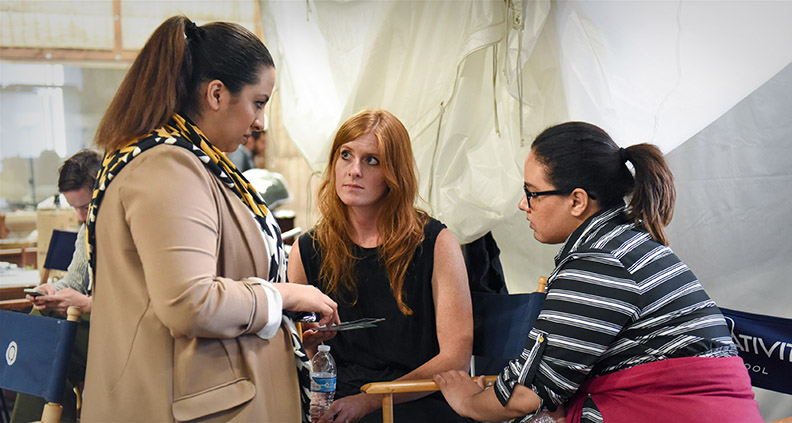
What’s one thing you learned in the Directing Lab that you incorporated into your scene?
Houda Lakhdar and Sofia Aissaoui: Definitely the artistic choices we made. You become responsible for so many details that have to do with the making of the film. Being able to own our choices in the face of obstacles and have our crew trust us was absolutely pivotal. It wasn’t about being safe. It was about following your instincts and daring to explore creatively as directors.
Serhat Karaaslan: For first time I worked with professional actors. And for first time, I filmed in another language. Luckily, I found a way to direct professional actors, which is different than working with amateur actors.
Bseiso: I learned how much difference it creates if I don’t know exactly whose scene it is and how lost and confused the audience will be if the shots cover everyone in the scene without focusing in on the one character whose story I really want to tell.
Did you discover anything unique about shooting on an American set with an American crew?
Karaaslan: The crew all took it very seriously and did their best, from the script to screening the final scene. Cinema is a director’s job, but without good collaboration between the cast and crew it’s difficult to end up with good work.
Lakhdar and Aissaoui: When it comes to an American set, the approach to time definitely felt different. The production is very aware of the hours, and you have to deal with this in a very strict way. We realized [that] in the process, but we know better now!
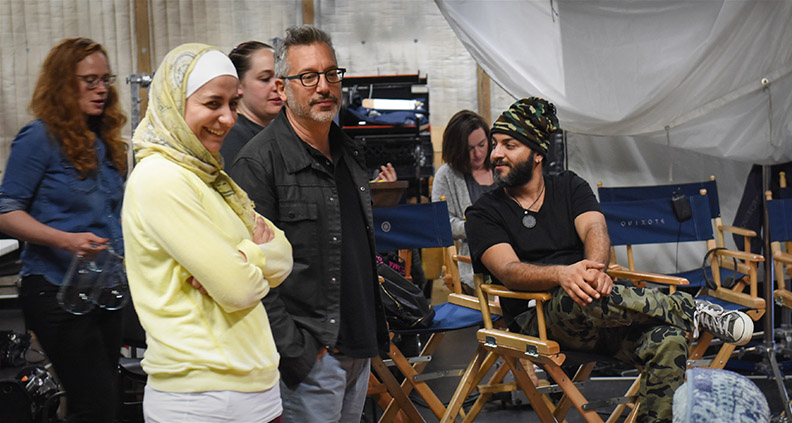
What are some lessons from Directing Lab Mentor Jeremy Podeswa that you took away from the experience of shooting your scene?
Lakhdar and Aissaoui: One of the most important things we learned from Jeremy was how to totally own our angle. We didn’t quite understand what this meant, but as we were pushing the process further we got to be more aware of what we brought to the table and how valuable it was to keep it personal
Bseiso: Jeremy asked me at one point, “What does this scene tell us about the character? What does it add to the story?” Then I knew that it added nothing, so I changed [the scene] entirely. I went back to the original script, removed scenes and added others that better served the story.
Karaaslan: Jeremy is a great director. You can be affected by him very easily. But he encourages you to do your own film. He’s not saying, “These are the rules, you should do like that!”
What’s your favorite memory of working with the Global Media Makers Fellows?
Jeremy Podeswa (Directing Lab Mentor): I have many great memories of working with the Fellows, and they all have to do with the incredible open-ness, both personally and creatively, that the Fellows demonstrated, to be better filmmakers but also soak up the experience of being somewhere new.
To learn more about Global Media Makers, please visit the program page on our website and check out the Global Media Makers archive on our blog.
